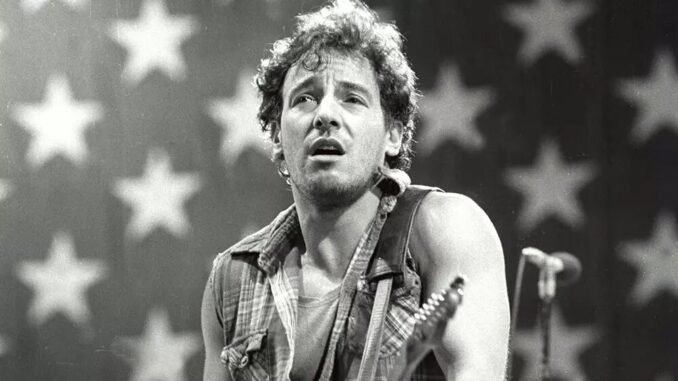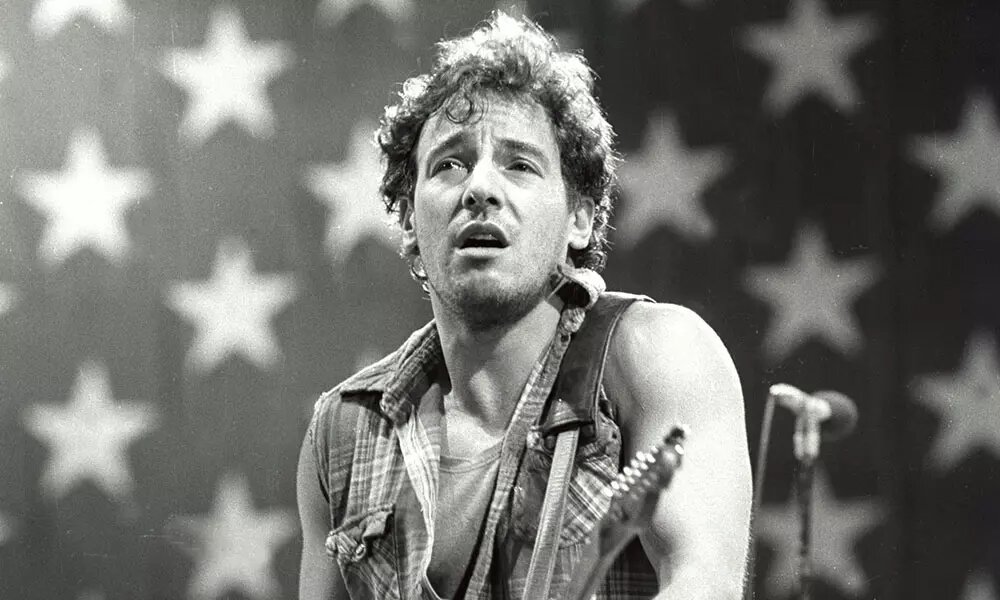
Ranking the 5 Best Side Two, Track One Songs by Bruce Springsteen
The consistency of Bruce Springsteen’s catalog of albums stands out in the classic rock world. It’s hard to find a clunker in there. Springsteen is meticulous about creating LPs that are thematically unified, to the extent that he often leaves great tracks out of the mix until he finds the right spot for them.
Springsteen also pays close attention to the sequencing of each record, and part of that processing is knowing how to start off the second side of the album in just the right fashion. Here are five Side Two, Track One songs from the discography of The Boss that rise above the rest.

5. “No Surrender” from Born in the U.S.A. (1984)
Springsteen famously agonized over which songs to include on Born in the U.S.A. from the more than 70 he recorded for the album. He sought input from his inner circle, and it was Steven Van Zandt who stood firmly in the corner of “No Surrender.” Wise man, that Little Steven. The song is unapologetically earnest in its embrace of many of the themes upon which Springsteen had stressed throughout his career. The ringing music makes you believe every word he sings, and rock and roll dreams do indeed stand a chance of coming true.
Early in his career, Springsteen harbored an innate suspicion of anything that sounded too pat or catchy, which, ironically enough, worked against his desire to score big radio hits in the manner of some of his ’60s heroes. Maybe that’s why some of his bigger hits were songs he originally wrote for others. “Hungry Heart” was supposed to be for The Ramones, but Springsteen’s manager/producer Jon Landau convinced him to hold on to it. The song gets a sparkling treatment, highlighted by Danny Federici’s organ solo, and it worked wonders as both a single and on The River.
Take another listen to Darkness on the Edge of Town if you haven’t in a while, and you night be surprised at how bleak it is. Springsteen’s knack for sequencing helps to disguise that. The album starts with “Badlands,” and Side Two kicks off with “The Promised Land.” Neither of those songs are blind to the problems that permeate the other songs. But the characters within them choose to rage against the prevailing conditions instead of succumbing to them. “The Promised Land” captures the E Street Band at their tightest, while Springsteen’s harmonica wheezes away all the pressure on the protagonist.

You can tell the level of someone’s Springsteen fandom by their reaction to the mention of this song. If they crinkle their eyebrows in confusion, they’re casual backers. If their whole countenance lights up, they’re true believers. “Incident on 57th Street” is every bit as great as the more well-known songs on which Springsteen’s legend has been built. It’s a story that’s both epic and small-scale. Springsteen creates a vivid, multifaceted street-life tableau, but focuses on the contrasting priorities of, and the deep love between, Spanish Johnny and Puerto Rican Jane.
For such an iconic song, “Born to Run” came into the world in somewhat off-kilter fashion. It was recorded over a six-month period in 1974, and an early version (different from the one that became definitive) popped up on Northeastern radio stations and caused a stir later that year. It included key contributions from two players (keyboardist David Sancious and drummer Ernest “Boom” Carter) who were long gone by the time the Born to Run album was released in summer 19’75. And yet it’s the perfect centerpiece for one of the finest rock albums of its era, especially placed as it is as the rip-snorting start of Side Two.

Leave a Reply